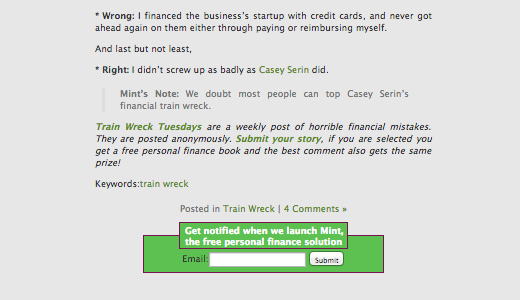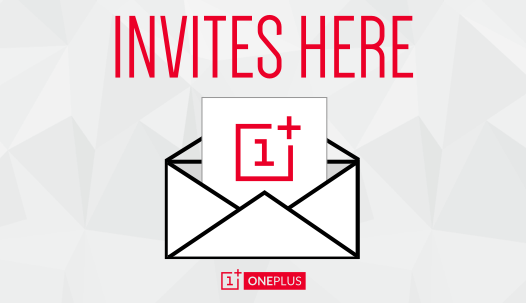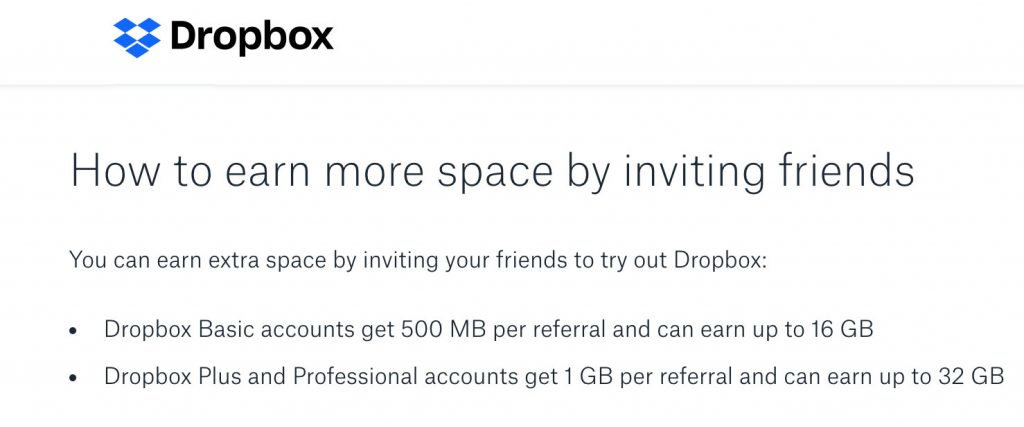Blog
How to Use Advocacy to Launch a New Product
Launching a new product is not easy. With only 35.75% of Kickstarters reaching their goal and 75% of venture-backed startups failing, the odds are never in your favor. The brands that have advanced beyond their initial offering have taken advantage of one of the key advantages they have over established brands: Customer Advocacy.
Established brands have pricing power, established channels of communication, big advertising budgets, and many times more employees. However, if a product is something genuinely new, genuinely interesting, it can attract a group of loyal champions to act as an unsalaried sales team and drive sales.
In part, the effectiveness of this approach is due to the high trust channels of communication that customers communicate to each other over. While only 30% of people trust advertising, 66% of people still trust strangers online - and 83% of people trust recommendations from a friend or family. The variation of levels of trust between traditional advertising, as well as the lower cost of these channels, means that a good product can spread through social networks in a way legacy products can only dream of.
Customer Advocacy Marketing
Customer Advocacy Marketing allows you to leverage your Customer Advocacy by making your advocates more visible and more active in their unofficial role at their company. While most companies may create advocates, not all use advocacy to its full potential. This is important, as studies done by Statistic Brain and CB Insights name poor, or lack of, marketing as one of the top 10 reasons that startups fail.
Here are three companies that have launched products using Customer Advocacy Marketing.
Mint
Mint, previously an internet money management resource, reached their unique audience by creating a personal connection with their users. Once they established a growing audience of 20,000 different emails, they started giving users special access to their app if they openly advocated that they were with Mint. This was achieved by customers putting a badge on a personal blog or social media page. Suddenly, the service was being advertised on over 600 different blogs before the app was even launched (Bulygo). Just 2 years after launch, Mint had acquired 1.5 million users and reached a post-money valuation of $140 million using this approach.
One Plus
One Plus, a startup smartphone manufacturer, used Customer Advocacy Marketing to create hype for its product. Their approach was to only sell its phone to those with a personal invite. To receive an invite, you had to know someone with the phone or someone in the company itself. Hype was created around the exclusive product and had people begging for invitations. The invite only initiative also gave them the opportunity to promote with other companies by offering the chance to win a phone with certain offers. Using this approach the firm proudly broke even within its first year of operation. This is a great example of Customer Advocacy Marketing, by rewarding the referral in an amazing way (being the only way to get a phone), they created a case study in effective referral marketing.
Dropbox
Dropbox, a file storage website, is another great example of this type of marketing. In 2010 they created one of the most popular referral programs in the startup community which gives users 500MB for each friend referred up to 16GB. By offering their users free space for referring a friend, signups increased by 60% and maintained this rate for the next year. As of 2013, 35% of the 175 million dropbox users are referral users. Dropbox managed to power its obscene early growth by using rewarded referrals, a staple of Customer Advocacy Marketing.
Conclusion
Customer Advocacy Marketing encompasses many different approaches: Word-of-Mouth Marketing, Digital Referrals, Social Media Sharing, and the Creation of User Generated Content. While there are some staples, the best approaches are those that create a real partnership between the customers and the product they love in order to create a relationship to the brand as a whole. Down the line, this relationship leads to more Word-of-Mouth and more constructive feedback to iterate your product.
A great product itself might be successful, but using your satisfied customer's great experiences to sell will ensure it. As many great companies have proved in the past, Customer Advocacy Marketing is a valuable differentiator in a competitive environment.
Duel is Customer Advocacy Platform which turns customers into advocates – we automate that lightning-in-a-bottle moment of a friend endorsing a brand. You should probably get a demo booked… (click me!)
If you want to look more at the theoretical background – take an intellectual swim by diving into a Customer Advocacy Marketing Workshop run by our consultancy arm (click me!).
Introvert? Voyeur? Watch Paul give a speech here or sign up for our newsletters to get monthly Customer Advocacy Marketing emails on tips, statistics and the science behind it.





